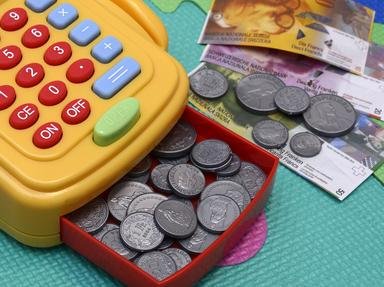Quiz Answer Key and Fun Facts
1. How many different game complexity levels are available to play using the player cards version ?
2. The individual player cards are laid out in columns. Each column contains a variety of results which can occur if the column and result are selected by a roll of the dice. In the Advanced and Super Advanced versions, how many columns are on each card ?
3. Often, the result of the encounter between pitcher and hitter is not determined merely by the throw of the 3 six-sided dice described in Question 2 above. Many times, the result found on the player's card refers you to charts or requires additional dice rolls to determine the final result of the encounter between pitcher and hitter. What would the result of the following reading be on a Super Advanced card: FLY (cf) X ?
4. Different fielders have different percentage chances of having an "X" result occur within his or her fielding position. Which player has the greatest chance of having an "X" result directed toward him or her in each at bat ?
5. Here's a giveaway question involving a little simple mathematics. What is the chance of a Home Run occurring with the following result: HR 1-6/DO 7-20 ?
6. If a player had a .400 on base percentage, his hitter card will reflect this by having approximately 43.2/108 on base chances or a 40% chance to get on base ?
7. On which of the following results would a baserunner on third base with less than 2 outs not be able to score ?
8. Using Super Advanced rules, a hitter attempts to sacrifice a base runner from first base to second base. He rolls a 3 on the white six-sided die and a 4 and 3 on the two red six-sided dice. The hitter is a "B" level bunter and the infield is set to normal depth. How often is the bunt successful ?
9. On the Super Advanced Hit & Run chart, what is the result of a hitter with a "B" Hit & Run rating who rolls a 3 on the white six-sided die and a total of 12 on the two red six-sided dice while attempting to Hit & Run ?
10. How many runs must a Starting Pitcher allow in the first inning in order to be considered to have reached his "point of weakness" ?
Source: Author
WorldB
This quiz was reviewed by FunTrivia editor
Bruyere before going online.
Any errors found in FunTrivia content are routinely corrected through our feedback system.

